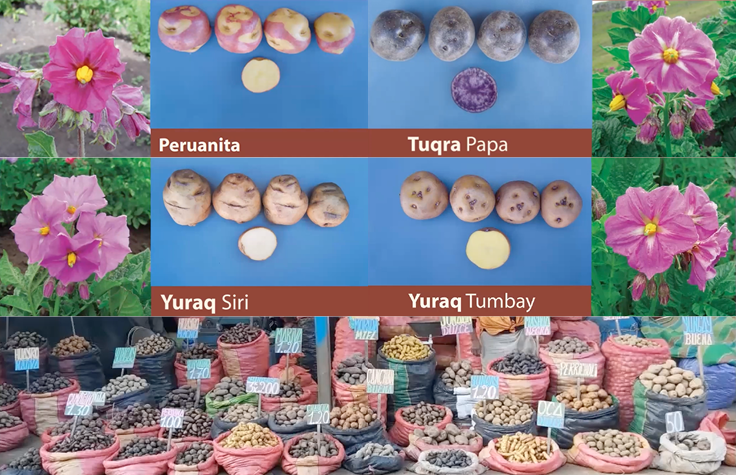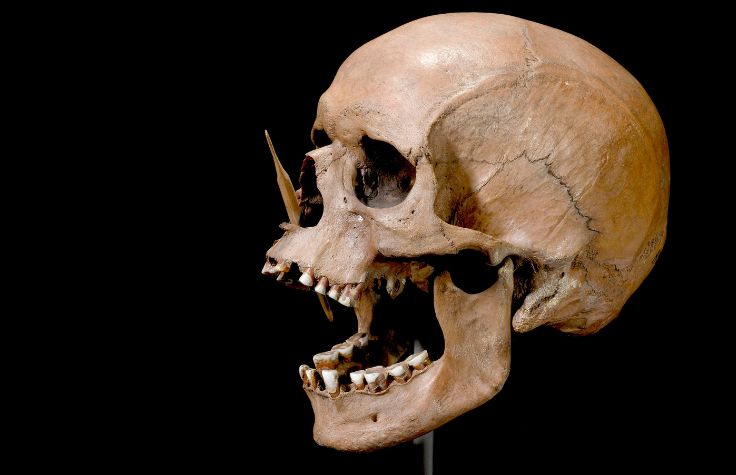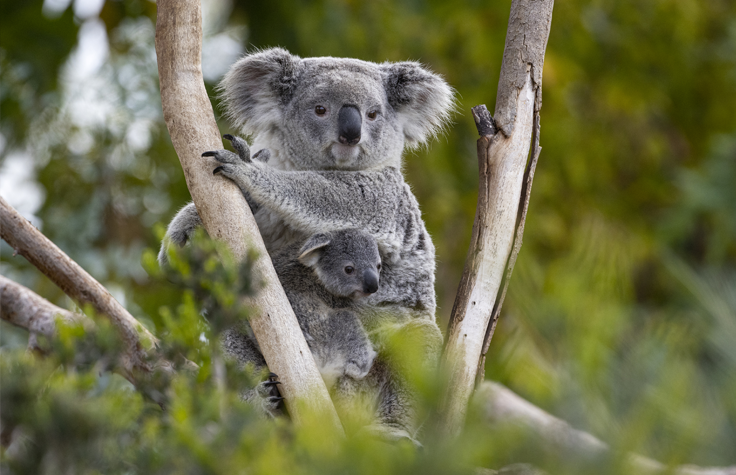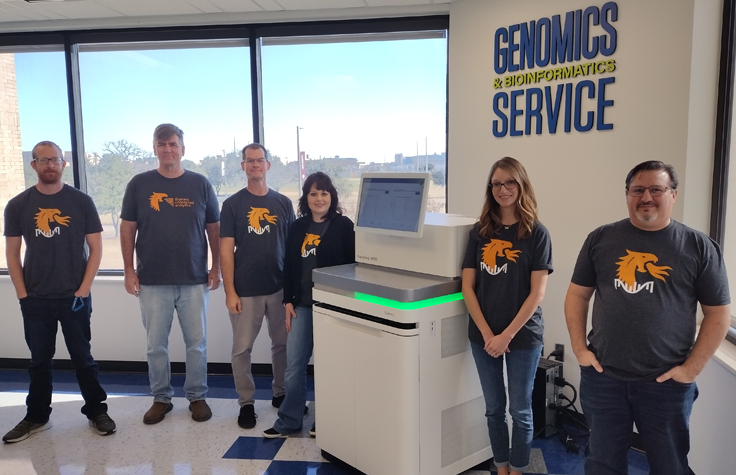
January 16, 2024
Behold the potato: It’s one of the world’s four most important food sources, along with wheat, maize, and rice; grown in more than 4500 cultivated varieties, plus about 200 wild species and subspecies. Adam Smith even praised it in The Wealth of Nations, saying, “No food can afford a more decisive proof of its nourishing quality, or of its being peculiarly suitable to the health of the human constitution.”
All those species show astounding genetic variety. The most common, Solanum tuberosum, is a tetraploid—it has four sets of 12 chromosomes, for 48 total. But there are also four diploid species with 24 chromosomes, two triploid with 36, and even one pentaploid, with 60.
As with most crops, farmers who breed potatoes for genetic gain seek to maximize yield, nutrition, and disease resistance. The latter is especially important, given the tuber’s vulnerability to late blight, a water mold that decimated Irish potato crops in the late 1840s, causing a national famine that resulted in more than a million deaths.
Scientific understanding of how the potato’s desirable traits are passed down was limited until the international Potato Genome Sequencing Consortium project published a complete S. tuberosum genome in Nature in July 2011, in part using the Illumina Genome Analyzer II instrument. It was a good start, but with this much genetic variety, researchers need to sequence a lot more spuds—and where better to collect their samples than in the place all potatoes come from: the Sacred Valley of the Incas, nearly 10,000 feet above sea level in the Peruvian Andes.
Héctor Cántaro Segura is an agricultural engineer in the Department of Phytotechnics at La Molina National Agrarian University in Peru. His Peruvian Potato Project is the 2024 recipient of the Illumina Agricultural Greater Good Initiative grant, as announced last weekend at the Plant and Animal Genome conference in San Diego.
As part of Illumina’s Corporate Social Responsibility program focused on integrating sustainability, the grant, which has been awarded annually since 2011 to projects supporting research into food security and sustainability, will enable Cántaro’s team to conduct whole-genome sequencing on 1000 potato varieties that are native to the region.
Ensuring that the Indigenous Quechua people are involved in the project is one of its founding principles. To collect their samples, the team plans to work in concert with Parque de la Papa, a 6000-hectare collective of sustainable farms near Pisaq, operated by the local Amaru, Chawaytire, Pampallacta, Paru Paru, and Sacaca communities.
Parque de la Papa alone grows 1300 kinds of potato, and while its methods are traditional, its reach is international: The park has previously collaborated with the Svalbard Global Seed Vault in Norway to preserve this wealth of Indigenous biodiversity for future generations.
Using Illumina technology, the Peruvian Potato Project will generate high-quality whole-genome sequences for all 1000 varieties and analyze that data to pinpoint which genes are responsible for expressing disease resistance, environmental resilience, and other beneficial traits. Once complete, the project will create a publicly accessible catalog to disseminate their findings worldwide.
In Cántaro’s grant proposal, he wrote that “Native Peruvian potatoes represent a critical genetic resource with vast potential to enhance global food security, promote sustainable agriculture, and conserve valuable biodiversity.” The award recognizes the project’s potential value in informing breeding programs, as he says, “addressing agricultural challenges and advancing scientific understanding of potato genetics and genomics, paving the way for further research in crop improvement and genetic conservation.”


